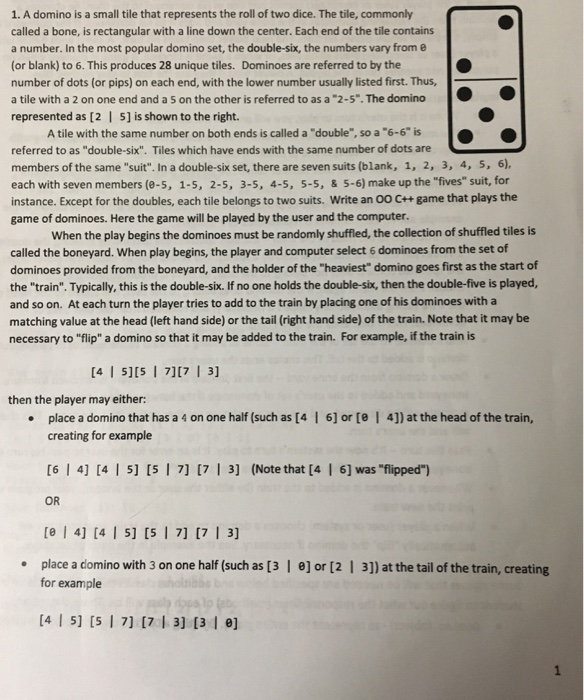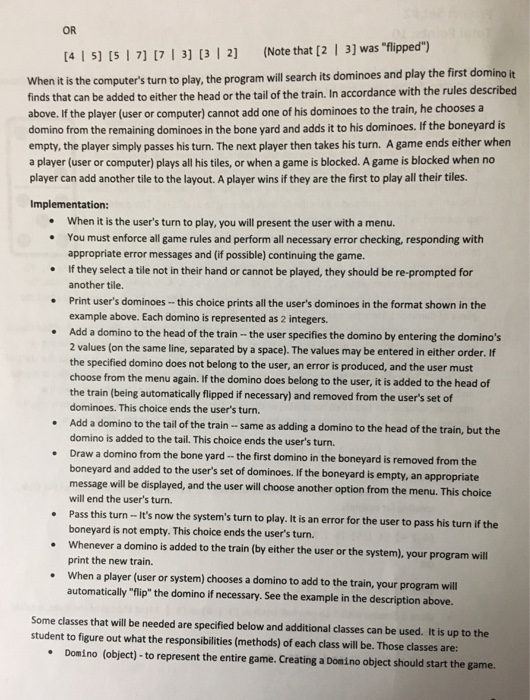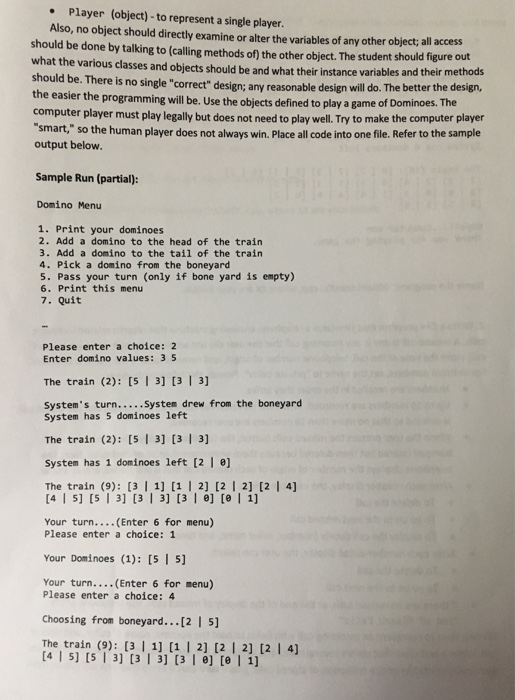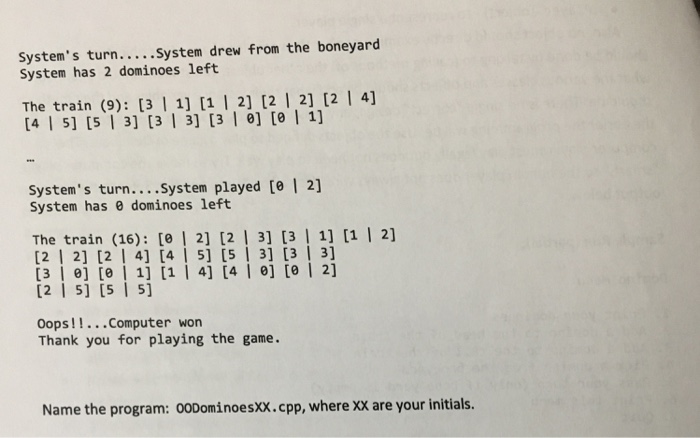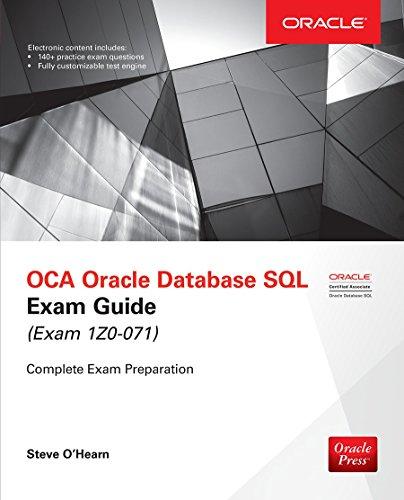1. A domino is a small tile that represents the roll of two dice. The tile, commonly called a bone, is rectangular with a line down the center. Each end of the tile contains a number. In the most popular domino set, the double-six, the numbers vary from e (or blank) to 6. This produces 28 unique tiles. Dominoes are referred to by the number of dots (or pips) on each end, with the lower number usually listed first. Thus a tile with a 2 on one end and a 5 on the other is referred to as a "2-5.The domino represented as [2 | 5] is shown to the right. A tile with the same number on both ends is called a "double", so a -6-6 i referred to as "double-six". Tiles which have ends with the same number of dots are members of the same "suit". In a double-six set, there are seven suits (blank, 1, 2, 3, 4, 5, 6), each with seven members (e-5, 1-5, 2-5, 3-5, 4-5, 5-5,&5-6) make up the "fives" suit, for instance. Except for the doubles, each tile belongs to two suits. Write an O0 C++ game that plays the game of dominoes. Here the game will be played by the user and the computer. When the play begins the dominoes must be randomly shuffled, the collection of shuffled tiles is called the boneyard. When play begins, the player and computer select 6 dominoes from the set of dominoes provided from the boneyard, and the holder of the "heaviest" domino goes first as the start of the "train". Typically, this is the double-six. If no one holds the double-six, then the double-five is played and so on. At each turn the player tries to add to the train by placing one of his dominoes with a matching value at the head (left hand side) or the tail (right hand side) of the train. Note that it may be necessary to "flip" a domino so that it may be added to the train. For example, if the train is [4 I 5][5 1 7117 1 3] then the player may either: place a domino that has a 4 on one half (such as [? 6] or [01 4]) at the head of the train, . creating for example [6 1 4] [4 1 51 I517] [7 1 3] (Note that [4 | 6] was "flipped") OR e 4] [4 1 5] [5 7] 17 1 3] place a cdomino with 3 on one half (such as [3 for example 1 or [2 | 3]) at the tail of the train, creating 1. A domino is a small tile that represents the roll of two dice. The tile, commonly called a bone, is rectangular with a line down the center. Each end of the tile contains a number. In the most popular domino set, the double-six, the numbers vary from e (or blank) to 6. This produces 28 unique tiles. Dominoes are referred to by the number of dots (or pips) on each end, with the lower number usually listed first. Thus a tile with a 2 on one end and a 5 on the other is referred to as a "2-5.The domino represented as [2 | 5] is shown to the right. A tile with the same number on both ends is called a "double", so a -6-6 i referred to as "double-six". Tiles which have ends with the same number of dots are members of the same "suit". In a double-six set, there are seven suits (blank, 1, 2, 3, 4, 5, 6), each with seven members (e-5, 1-5, 2-5, 3-5, 4-5, 5-5,&5-6) make up the "fives" suit, for instance. Except for the doubles, each tile belongs to two suits. Write an O0 C++ game that plays the game of dominoes. Here the game will be played by the user and the computer. When the play begins the dominoes must be randomly shuffled, the collection of shuffled tiles is called the boneyard. When play begins, the player and computer select 6 dominoes from the set of dominoes provided from the boneyard, and the holder of the "heaviest" domino goes first as the start of the "train". Typically, this is the double-six. If no one holds the double-six, then the double-five is played and so on. At each turn the player tries to add to the train by placing one of his dominoes with a matching value at the head (left hand side) or the tail (right hand side) of the train. Note that it may be necessary to "flip" a domino so that it may be added to the train. For example, if the train is [4 I 5][5 1 7117 1 3] then the player may either: place a domino that has a 4 on one half (such as [? 6] or [01 4]) at the head of the train, . creating for example [6 1 4] [4 1 51 I517] [7 1 3] (Note that [4 | 6] was "flipped") OR e 4] [4 1 5] [5 7] 17 1 3] place a cdomino with 3 on one half (such as [3 for example 1 or [2 | 3]) at the tail of the train, creating
